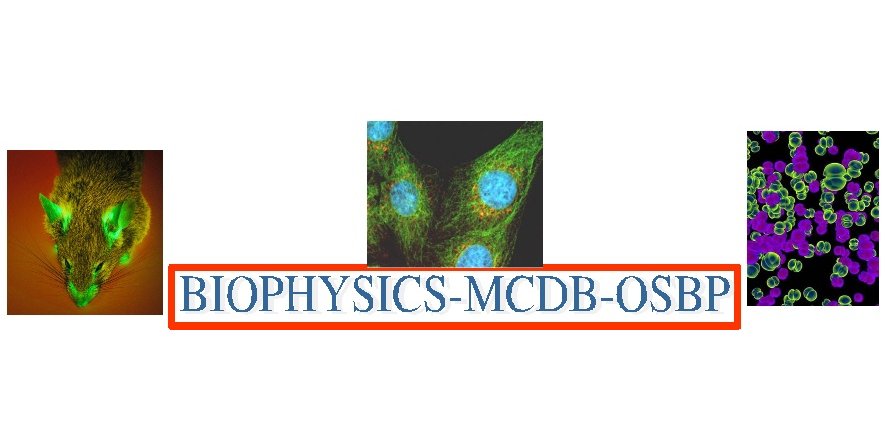Interdisciplinary Graduate Programs Symposium

2010 OSU Molecular Life Sciences
Interdisciplinary Graduate Programs Symposium

Poster abstracts
Abstract:
A fundamental challenge in treating malignant gliomas is their distinctive ability to infiltrate normal neural tissue, which makes them virtually impossible to eliminate by conventional therapies. Understanding the mechanisms of glioma invasion is essential to designing effective treatments against recurrence of these tumors. Brevican, a brain-specific proteoglycan, is a major component of the neural extracellular matrix (ECM) and restricts motility of normal neural cells. Surprisingly, brevican is upregulated in gliomas and promotes tumor dispersion. Our goal is to determine the molecular mechanisms by which brevican promotes glioma invasion. Glioma cells were engineered to express different fragments and mutated versions of brevican. Cells were tested in vitro for brevican effects on adhesion, migration, and dispersion in organotypic cultures. Engineered glioma cells were analyzed for activation of the EGFR pathway. A biotin-acceptor “Bir” sequence (13aa) was inserted at the N-terminus of brevican’s cleaved fragment (“B50”) and used to create a construct that was biotinylated and purified from the conditioned medium of engineered HEK293 cells. A pan-inhibitor of Src kinases, PP2, was used to test Src-dependent effects of brevican on EGFR activation and cell adhesion. Time-course experiments suggested that EGFR activation by brevican was achieved only after accumulation of the N-terminal fragment in the culture medium. In agreement, purified B50 increased the phosphorylation of EGFR. Furthermore, EGFR activation by brevican or B50 was found to be dependent on Src kinase activation. Inhibition of Src kinases abolished the effect of brevican on EGFR phosphorylation and glioma cell adhesion. Our data suggest that the N-terminal fragment of brevican acts as a paracrine ligand that promotes glioma adhesion and motility. We have provided the first molecular approach that reveals potential mechanisms underlying the pro-invasive role of brevican in gliomas.
Keywords: Brevican, Glioma invasion, EGFR